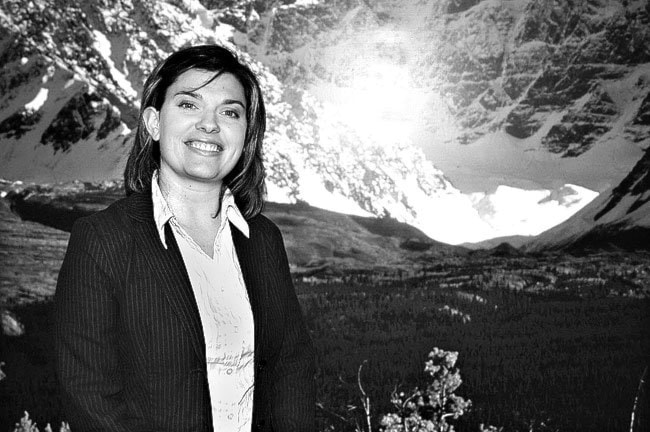It was 1898, the Klondike Gold Rush was in full swing and thousands had made their way to the Yukon to find their fortunes.
With the massive surge in population came a need for professionals of all sorts.
One of the direst needs was for trained medical professionals and so Reverend Robert Dickey of Skagway, Alaska, put out a call for nurses through the Presbyterian periodical The Westminister.
In Ottawa, Lady Ishbel Aberdeen, wife of the governor general at the time, heard the call and she answered by working with the Canadian government to send a group of nurses to the North.
She scoured the country and found four brave women.
“They are fully aware of the hardships, which they will face, but count the opportunity thus given them of succoring suffering humanity under very adverse circumstances, a joy and an honour,” wrote Aberdeen in a letter to the Toronto Globe on March 28, 1898.
Rachel Hanna, Georgia Powell, Margaret Payson and Amy Scott left for the Yukon in April 1898 accompanied by a contingent of 200 of troops known as the Yukon Field Force to ensure their safety.
Before the contingent departed church services and receptions across the country were held in their honour.
At a reception in Winnipeg the Hudson Bay Company presented the women with warm raccoon coats that reached down to their heels to keep them warm.
At the time the trail to the Klondike was a hard slog.
Each group of three women shared one horse and took turns riding.
“The trail is bad É bad for people and bad for pack animals,” wrote Georgia Powell in her diary. “From mountain to swamp to bog we went - bogs into whose cold mossy depths we would sink to our knees, and under which the ice still remains; swamp where we trampled down bushes and shrubs to make a footing for ourselves and where the mules stuck many times, often as many as 20 all down at once, sometimes having to be unpacked to be taken out, our baggage dumped in the mud and where the mosquitoes held high revelry.”
News of the nurses’ presence in the Yukon spread quickly.
“We - nurse Payson and I - have not been idle on this trip; rarely a day goes by but a packer or a miner or an Indian, or one of our own soldiers turns up for medical help,” Hanna wrote in her diary on June 17, 1898.
“I swear the mosquitoes must carry the news of our presence; one man travelled 14 miles to reach us!”
As they travelled up the Yukon River to Fort Selkirk, their intended destination, the excitement mounted despite the many hardships along the way.
“We are camped here at the mouth of the Stewart River and we feel we are getting very close to our destination,” wrote Hanna.
“Everybody is busy washing clothes and shining up anything that can be shined so we will make a real impression on Selkirk when we arrive.”
The excitement about reaching the remote post quickly dissipated after they arrived.
“Oh, what a disappointing day this has been! We swept into Selkirk as shining and as military as we could be, only to find the place almost deserted; everyone had moved to Dawson. And to make matters worse there is a typhoid epidemic there (Dawson) and there is a rumour that Miss Powell has it herself,” Hanna wrote on September 13, 1898.
So the contingent pressed on to Dawson, only to be met with more disappointing surprises.
After looking at the state of health care in the region Hanna, who had worked as a nurse for eight years, was “appalled.
“The beds at the hospital are so close together that a nurse must go sideways between them; some of the windows are covered only with canvas,” Hanna wrote in her diary on September 19, 1898.
“I had thought back struggling into Teslin that I was tired, but looking back from Dawson, a nest of disease, what I would give for one more day on the trail!!!”
This column is provided by the MacBride Museum of Yukon History. Each week it will explore a different morsel of Yukon’s modern history. For more information, or to comment on anything in this column e-mail lchalykoff@macbridemuseum.com.
